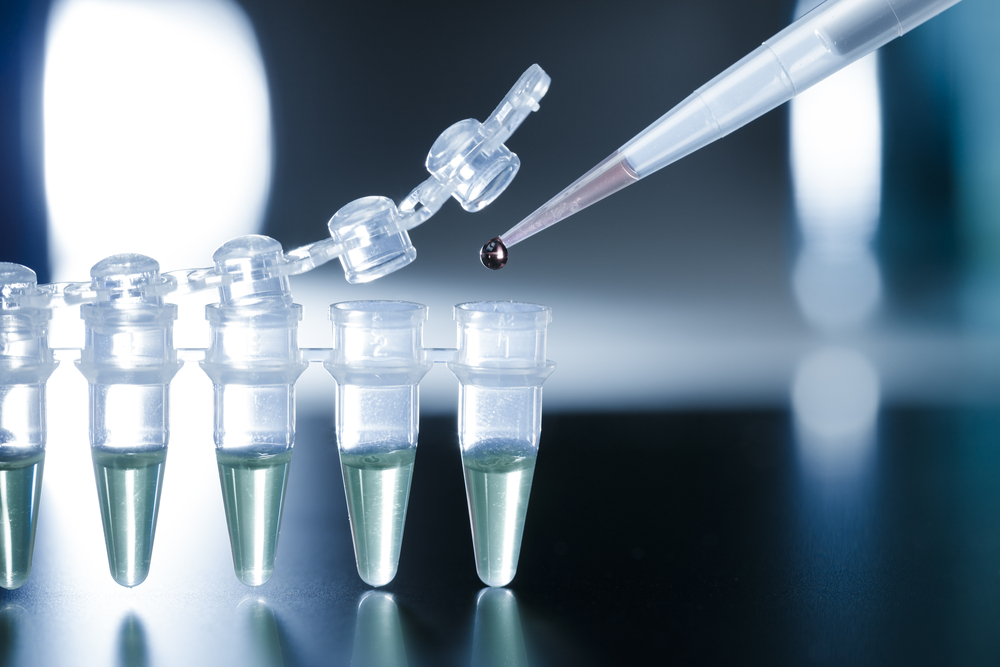Injecting stem cells won’t cure blindness, yet
You may have read a recent article suggesting that injecting stem cells could treat dry age-related macular degeneration.
Over half a million patients suffer from age-related macular degeneration. In the UK 90% have the dry form of the disease. ‘Dry’ refers to the natural ageing of the retinal cells. The centre of the retina leading to gradual blurred central vision. The wet form of age-related macular degeneration refers to the growth of blood vessels. That grow underneath the retina causing rapid central visual loss. Wet age-related macular degeneration can be treated if caught early. You can treat it with injections delivered to the back cavity (vitreous) of the eye. We have revolutionised the way we treat this disease and giving us the ability to reverse visual loss.
Injecting stem cells for dry age-related macular degeneration is still some way off for the following reasons.
- The replaced cells may not function normally. That is to say; the cells may not have the ability to operate in the vision nerve pathway. If that’s the case, then replacing aged cells will not restore vision.
- Replacing the dying or aged cells does not reverse the nerve damage. To restore central vision in these cases would involve nerve regeneration. That has been difficult to do in the eye to date.
- Inserting replacement stem cells is tricky. The eye is small and the retina even smaller and thin. The actual process of inserting replacement stem cells could cause more damage than good. Fine needle probes are often needed to deliver the replacement stem cells. Place them directly under the retina. Putting them into the vitreous cavity. Like the wet age-related macular degeneration treatments has not been successful. As they do not readily diffuse into the area required.
- Are the effects of stem cell replacement therapy long lasting? The simple answer is we do not know, and long-term trials are required to respond that question. If the treatment works but only lasts a short time, it may need ‘top-up’ treatment. Much like wet age-related macular degeneration treatment.
- Injecting stem cells could cause harm to the normal eye. Hopefully, with more studies, we will learn more about the side-effects of the treatment. And we proceed cautiously until then.
- This type of treatment is likely to cost a lot. Any new eye treatments tend to have high costs to recuperate the costs of developing the new therapy. The delivery of this treatment will also be expensive if the mode of delivery is surgical. The cost to the NHS (which would provide free treatment) could be extremely high. Due to the large numbers of patients with dry age-related macular degeneration.
Stem cell treatments for any eye disease are still some way off. Only time and research trial results will answer all the above concerns.
Let’s keep our fingers crossed.
You can learn more about age-related macular degeneration or the various proven treatment options. Please contact me for more information so that we can discuss further.


![Contact lens infection – Seven ways to avoid one [Infographic]](https://jaheedkhan.co.uk/wp-content/uploads/2016/12/JK-contact-lens-infections-500x383.jpg)

![Five signs that your child may need glasses [Infographic]](https://jaheedkhan.co.uk/wp-content/uploads/2016/11/shutterstock_268867028-500x383.jpg)